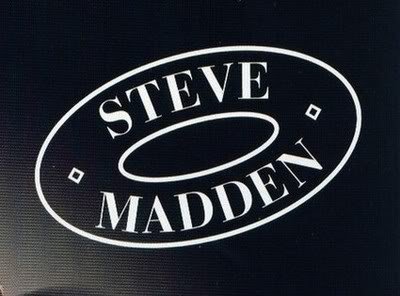
It takes a lot of effort and energy to follow up on all of the tasks and directives that we, as leaders, assign to our subordinates on a daily basis.
If we fail to follow up, then much of what we expected to be taken care of will not be. We may insist this should not be the case…but it is.
And, there are reasons for this. We can’t just call it human nature and forget about it, or accept it.
Perhaps our subordinates……….
- Don’t agree with what is being asked of them
- Don’t think it’s very important and will have no impact one way or the other
- Don’t think their boss really cares whether it gets done or not
- See that there are no consequences for not getting it done
- Are too busy completing other, seemingly more important, tasks
- Don’t take directions from the boss seriously
As a leader, give this a few moments thought. Here are some questions to guide you.
1) Are most of my instructions actually followed?
2) If my instructions are not being followed, why?
3) Am I often frustrated and angry when I discover that something has not been done?
4) Am I often embarrassed because something important has not been done?
5) Are my instructions being ignored due to lack of respect for me?
6) How much more effective and successful would I be if my subordinates were to do what I ask with little or no follow up?
In our experience, we find that leaders who fail to follow up will not excel in their position.
They will spend a lot of time being frustrated, embarrassed and angry until they have a majority of employees who do not require follow up…employees who take care of business!
We’ve told you about a study by Bain & Co., which pointed out that while 80% of CEO’s involved in the study declared that their companies provided a superb level of service, only 8% of their customers felt the same.
This is very likely because the CEO’s gave, or approved, directives that were never properly carried out.
And, of course, there was no follow up to ensure the directives had been properly executed.
In retail organizations, where you have several levels of individuals issuing directives and assigning tasks which have to filter down through the ranks and into the field to get to the customer facing personnel, you have to have top notch follow up mechanisms in place.
Follow up does not, and should not, equal micro management.
Of course, at times it does, but that is only due to the leader’s inability to communicate clearly and put a strong follow up program in place.
It should be noted that follow up will be much more successful if the leader has communicated clearly in the first place.
This means defining the task/directive, conveying the importance of getting it done and, usually, explaining the benefits (or the ‘why) of completing the task.
Issuing directives that are difficult to understand, or appear to have no benefit to the store or company, will undoubtedly make any follow up process more difficult.
Making sure your directives are executed properly.
First of all, the leader must have made it known that there will, indeed, be follow up in some form or another, and that there will be consequences for lack of execution.
This is not something that should have to be verbalized, it should be something that has become apparent through the leaders actions in the past.
When a leader finds that there are subordinates who consistently fail to execute properly, then that becomes a performance concern and should be dealt with as such.
And, when a leader finds that there are subordinates who consistently execute properly and do not require follow up because they always get the job done, they should celebrate these people.
No employee, regardless of performance in other areas, is above following the instructions of his/her superior.
Of course, there should be open communication which allows subordinates to be heard; to present ideas; to push back for certain reasons; to provide the leader with information that he was not aware of, but, in general the chain of command exists for good reason.
As seen in many organizations where everyone does whatever they see fit – following some instructions and ignoring others – chaos ensues.
In cases like these, there can be no uniformity, no standard image and, very likely, no brand recognition.
Don’t leave anything to chance…follow up.
PS: To increase management performance, at any level, the Ultimate Retail Success Collection is a great resource for you.

























































































